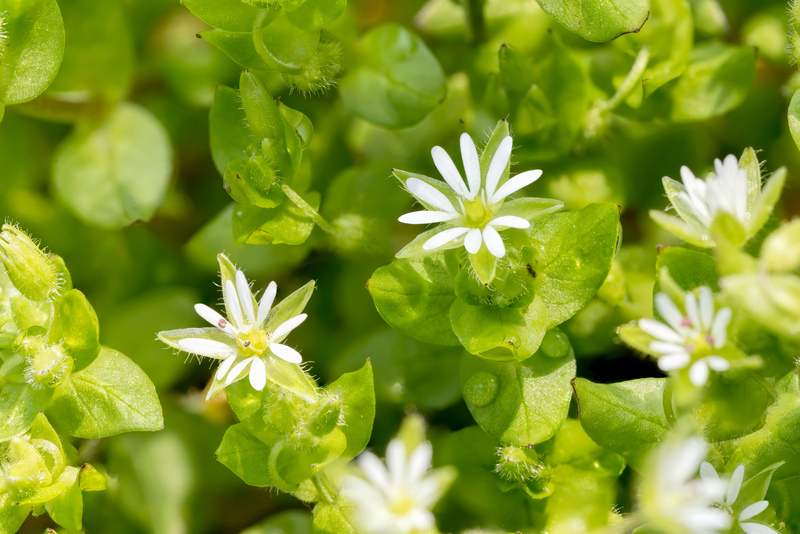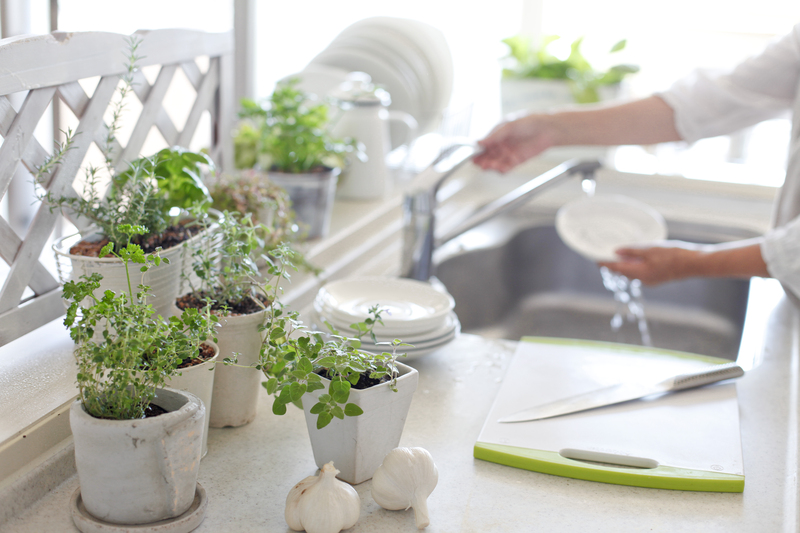Creating a Safe Haven: How to Design an Allergy-Friendly Yard
Posted on 26/04/2024
Living with allergies can be a constant struggle, especially when it comes to enjoying the great outdoors. For many people, their own yard may be filled with pollen, mold, and other allergens that can trigger unpleasant symptoms. But with a little bit of planning and design, you can create a safe haven in your own yard that is allergy-friendly. In this article, we will discuss how to design an allergy-friendly yard and provide tips for creating an outdoor space that is both beautiful and free of allergens.
Understanding Your Allergies
The first step in designing an allergy-friendly yard is to understand your allergies and what triggers them. For example, if you are allergic to pollen, you may want to avoid planting trees or flowers that produce a large amount of pollen. If mold is your trigger, you should consider ways to reduce moisture in your yard. Knowing the specific allergens that affect you will help guide your design decisions.

Planning Your Yard Layout
When designing an allergy-friendly yard, it's important to plan out the layout carefully. Consider creating separate zones for different activities such as a play area for children, a dining area for meals, and a relaxation area for adults. This will allow you to designate certain parts of your yard as "safe" zones for those with allergies.
In addition, consider using hardscaping elements like patios, decks, or walkways in high-traffic areas instead of grass or plants. This can help reduce the amount of allergens that may be stirred up when walking through the yard.
Choosing the Right Plants
Choosing the right plants for your allergy-friendly yard is crucial. As mentioned earlier, if pollen is your main trigger, avoid planting trees and flowers that produce high amounts of pollen. Instead, opt for low-pollen options such as azaleas, begonias, or impatiens.
It's also important to consider the placement of plants in your yard. Avoid planting flowers or shrubs near outdoor seating areas where people may spend a lot of time, as this can increase their exposure to allergens.
Another tip is to opt for native plants, as they are better adapted to the local environment and may produce less pollen. Researching which plants are native to your area can help you make informed decisions when choosing what to plant in your yard.
Maintaining Your Yard
Regular maintenance is key to keeping an allergy-friendly yard. This includes mowing the lawn frequently, as shorter grass produces less pollen. It's also important to remove weeds and dead leaves from your yard, as these can attract mold and other allergens.
In addition, avoid using pesticides or herbicides in your yard, as these chemicals can be harmful for those with allergies. Instead, consider natural methods like hand weeding or using organic alternatives.
Pros and Cons of an Allergy-Friendly Yard
As with any design decision, there are pros and cons to creating an allergy-friendly yard. The biggest advantage is the ability to enjoy your outdoor space without experiencing pesky allergy symptoms. Additionally, an allergy-friendly yard can increase the overall value of your home and make it more appealing to potential buyers if you decide to sell in the future.
On the other hand, designing an allergy-friendly yard may require more maintenance and planning compared to a traditional yard. You may also have limited options when it comes to plant choices, which could affect the overall aesthetic of your space. However, with proper planning and maintenance, an allergy-friendly yard can still be beautiful and enjoyable.
Tips for Creating an Allergy-Friendly Yard
- Plan out your yard layout carefully by creating separate zones for different activities.
- Choose low-pollen plants that are native to your area.
- Consider using hardscaping elements in high-traffic areas to reduce allergens.
- Regularly maintain your yard by mowing, weeding, and removing dead leaves.
- Avoid using harsh chemicals and opt for natural methods of pest control.

Takeaways
Creating an allergy-friendly yard is possible with proper planning, plant choices, and maintenance. Understanding your allergies and their triggers can guide your decisions in creating a safe space. Additionally, regular upkeep and avoiding the use of harsh chemicals can help keep allergens at bay.
In the end, the effort put into designing an allergy-friendly yard will pay off with a beautiful and enjoyable outdoor space that is free from allergens.
Conclusion
With these tips in mind, you can design an allergy-friendly yard that will provide a safe haven for those with allergies. By understanding your allergies, carefully planning your layout and plant choices, and regular maintenance, you can create an outdoor space that is both beautiful and free of allergens. So go ahead and start planning your allergy-friendly yard today!




